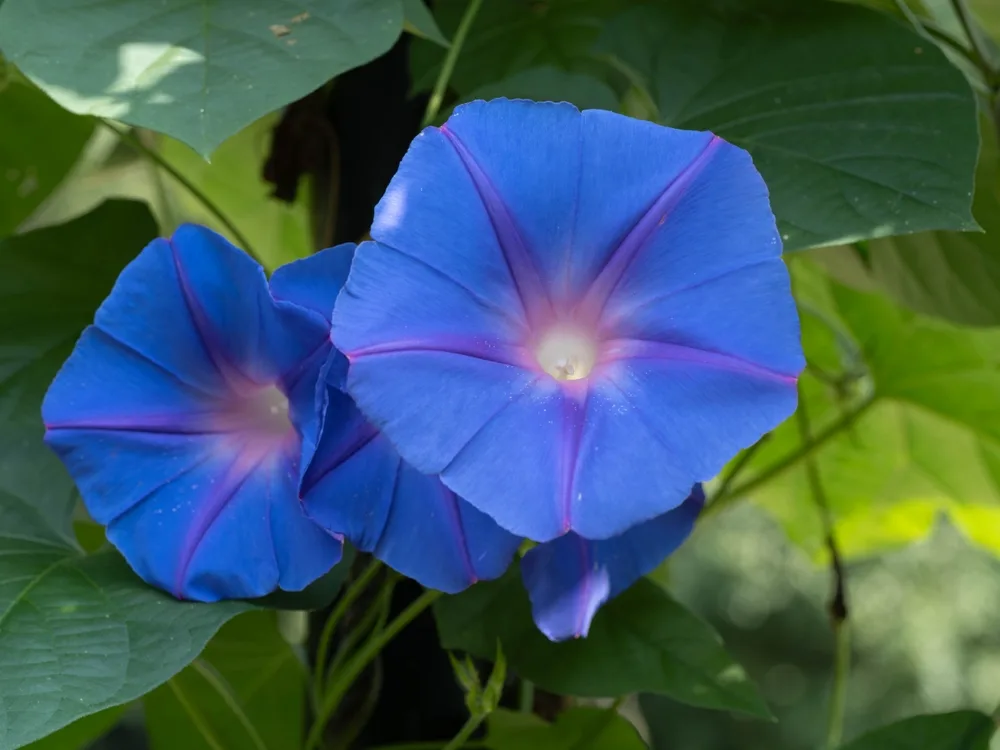
Morning glory vines are admired for their stunning blooms and the way they attract hummingbirds.
However, despite their charm, these vines can be quite invasive and are even classified as noxious weeds in some areas.
Understanding Morning Glories
Morning glories (Ipomoea spp.) are known for their rapid growth and tendency to reseed themselves. While they are easy to grow, their aggressive nature can make them difficult to manage.
In regions where they are not native, such as parts of North America, they can quickly outcompete local plants.
Even when grown in containers, morning glories often drop seeds, which can become a problem. In colder climates where they are annuals, the vines die off when temperatures drop, but in warmer zones (10 and above), they can become perennials, making removal more difficult.
Alternative Options for Your Garden
If morning glories are too invasive for your area, don’t worry—there are other great options for attracting hummingbirds.
Trumpet Vine (Campsis radicans)
Consider the trumpet vine. This hardy plant, native to the Southeastern U.S. and suitable for zones 4 through 8, attracts hummingbirds with its trumpet-shaped flowers. It provides the beauty and bird appeal without the invasiveness of morning glories.
Passionflower Vine (Passiflora incarnata)
Another excellent choice is the passionflower vine. Also native to the Southeastern U.S., it thrives in zones 5 through 9. This vine features striking purple flowers and produces edible fruit, making it a unique addition to your garden.
Coral Honeysuckle (Lonicera sempervirens)
Coral honeysuckle is a fantastic native option for attracting hummingbirds. Hardy in zones 4 through 9, it is popular with various pollinators and is resistant to deer. Its salt tolerance makes it a suitable choice for coastal gardens.
By choosing these alternatives, you can enjoy beautiful, hummingbird-friendly vines without the challenges of managing invasive morning glories.
